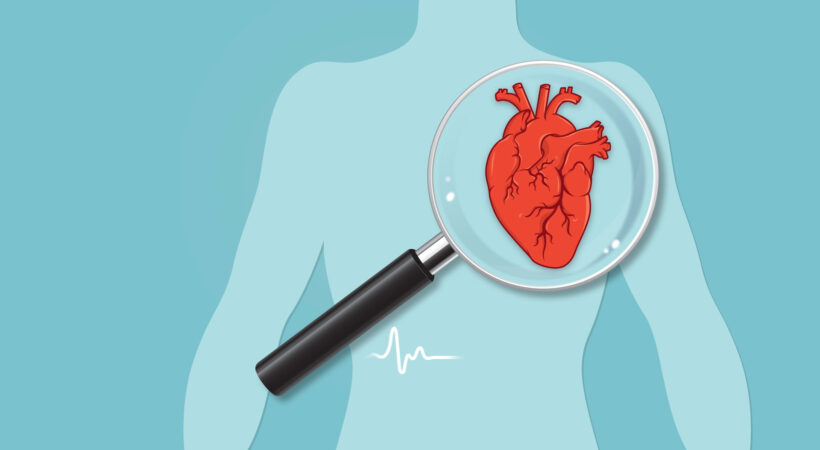What Is Structural Heart Disease?
The human heart is a marvel – a magnificent structure that functions to pump blood through our bodies, supplying oxygen and other nutrition to our tissues and removing carbon dioxide and other waste. Any time an abnormality or defect weakens the heart’s structure – its walls, valves and muscles – it’s referred to as structural heart disease.
This is different from coronary artery disease, which concerns the heart’s “plumbing,” or problems with the blood vessels that feed the heart, such as narrowed or blocked arteries that can lead to heart attack. It’s also different from an arrhythmia, like AFib, which is essentially a problem with the heart’s electrical system.
“In a healthy heart, the four valves work together to move blood from the upper to the lower chambers, pushing it out to the lungs and other organs,” explains interventional cardiologist. “One or more defective valves affect the heart’s normal function and can lead to serious health complications, including migraines, breathing difficulty, kidney failure and stroke.”
Structural heart problems are most often present at birth (congenital), but they can also develop with aging or as a result of other diseases.
How Structural Heart Conditions Are Treated
Defective heart valves and other structural heart defects are often treated through traditional open-heart surgery. Several minimally invasive procedures to address these issues are becoming more common as well, including valvuloplasty to repair a stiff heart valve, and transcatheter aortic valve replacement (TAVR).

